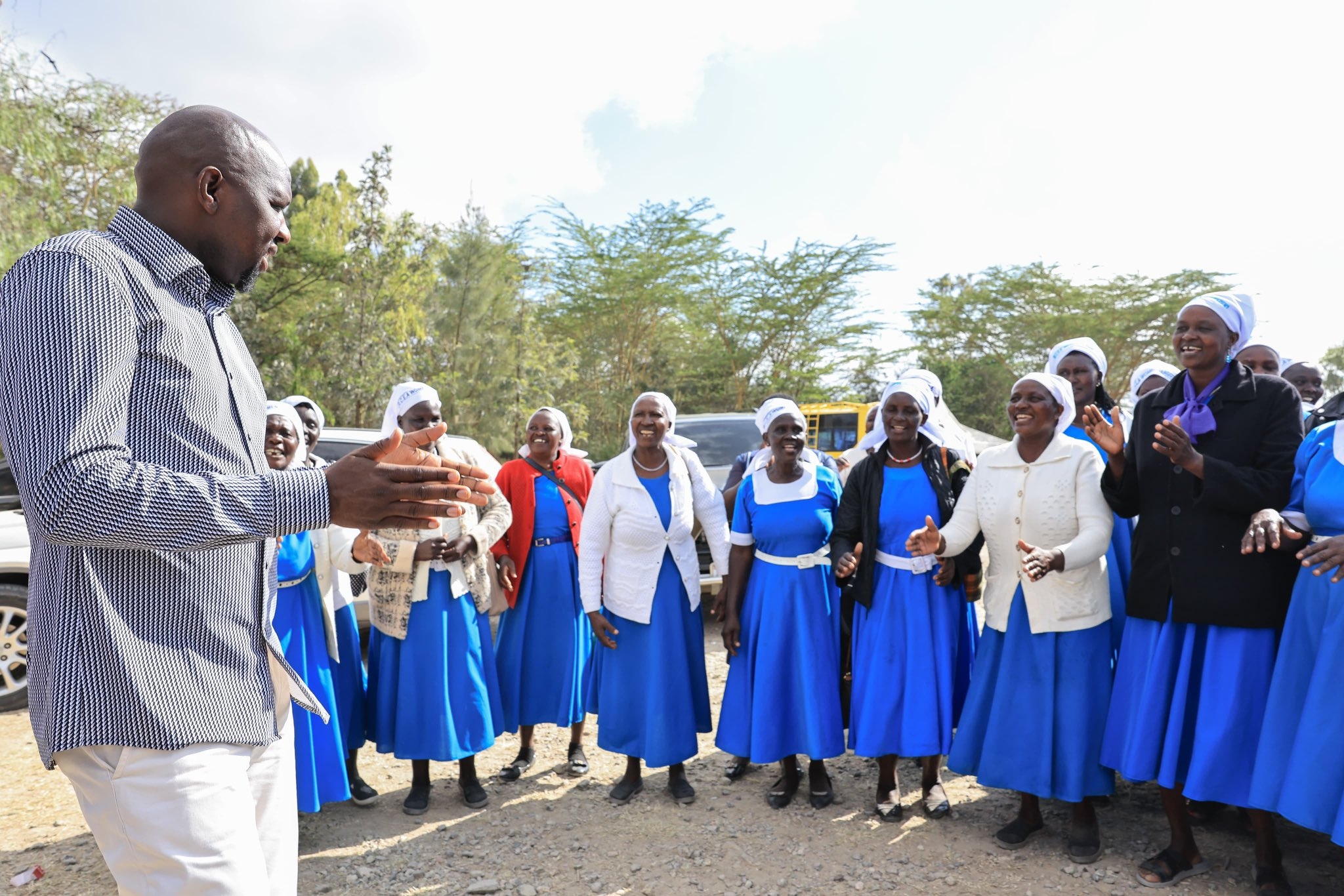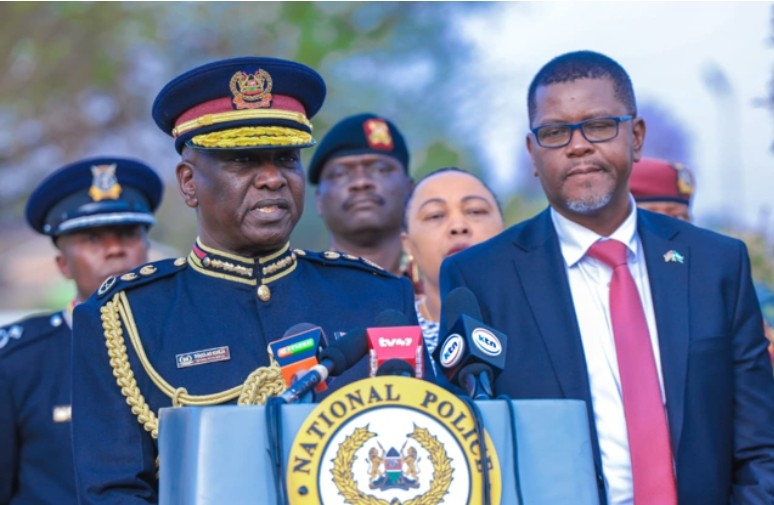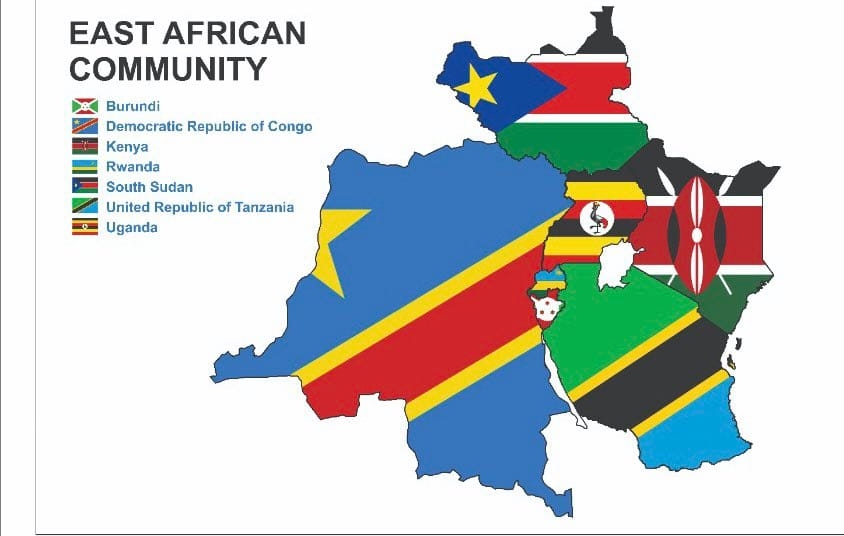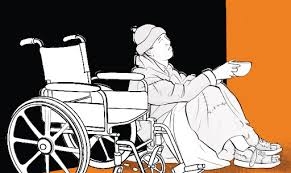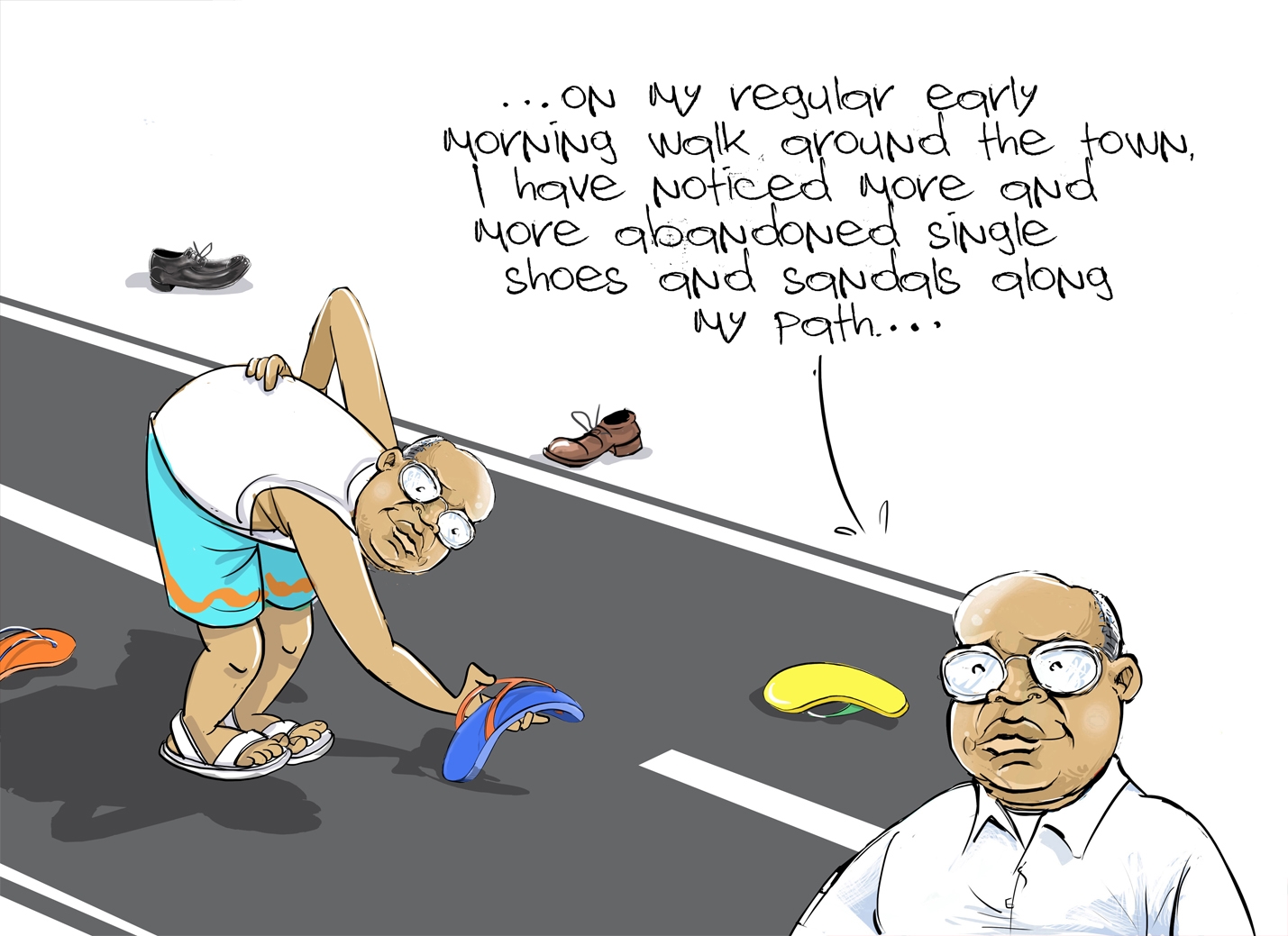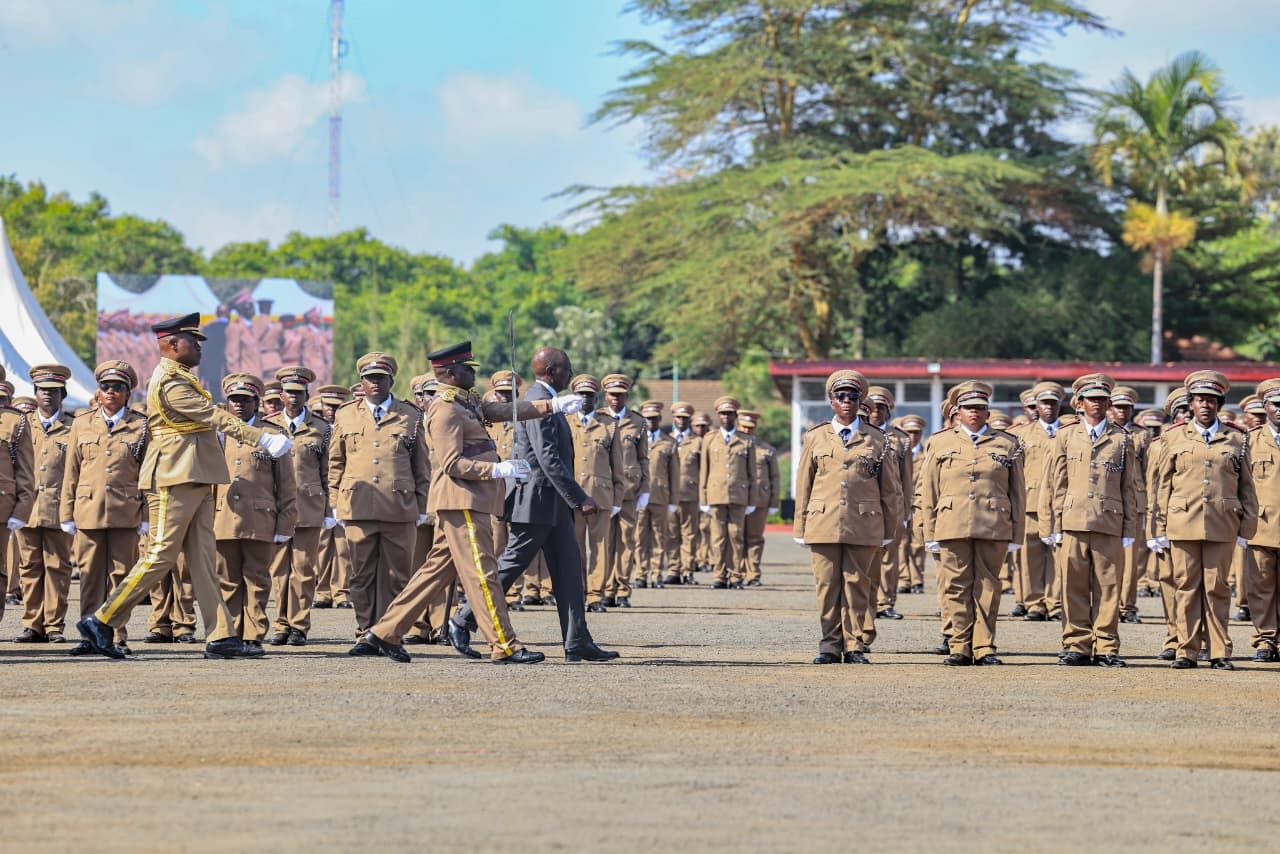
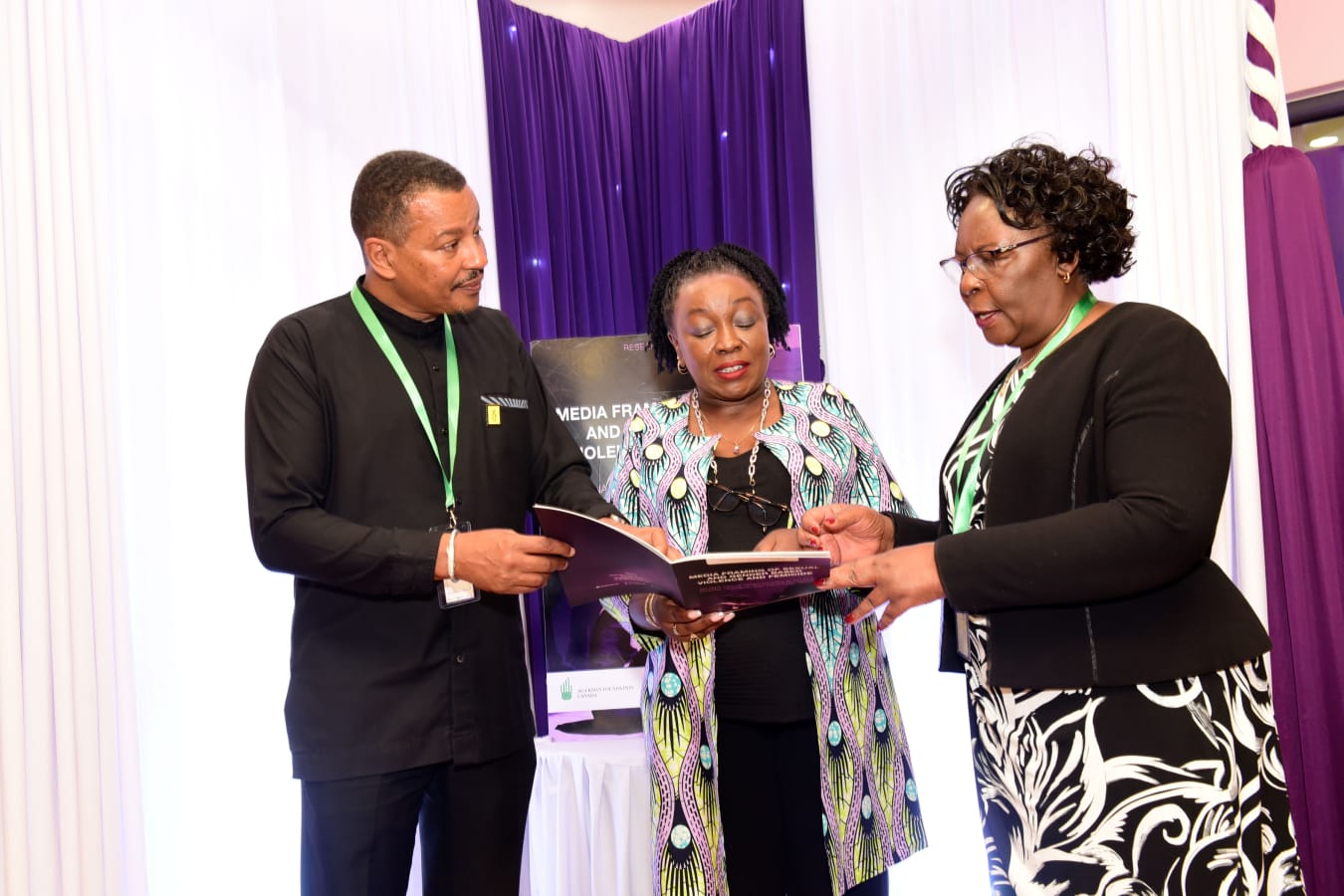
The Aga Khan University Graduate School of Media and Communication (AKU-GSMC) has released a comprehensive regional study examining how the media in Kenya, Tanzania, and Uganda frame sexual and gender-based violence (SGBV) and femicide.
The event brought together officials from gender-based violence groups and editors who cover such stories, including Amnesty Executive Director Irungu Houghton and Gender-Based Violence Technical Working Group chairperson Nancy Barasa.
Barasa was recently appointed by President William Ruto to lead a 42-member panel on femicide and strategies to curb it.
The 16-month study combined quantitative content analysis with qualitative interviews to assess reporting patterns and newsroom factors shaping coverage.
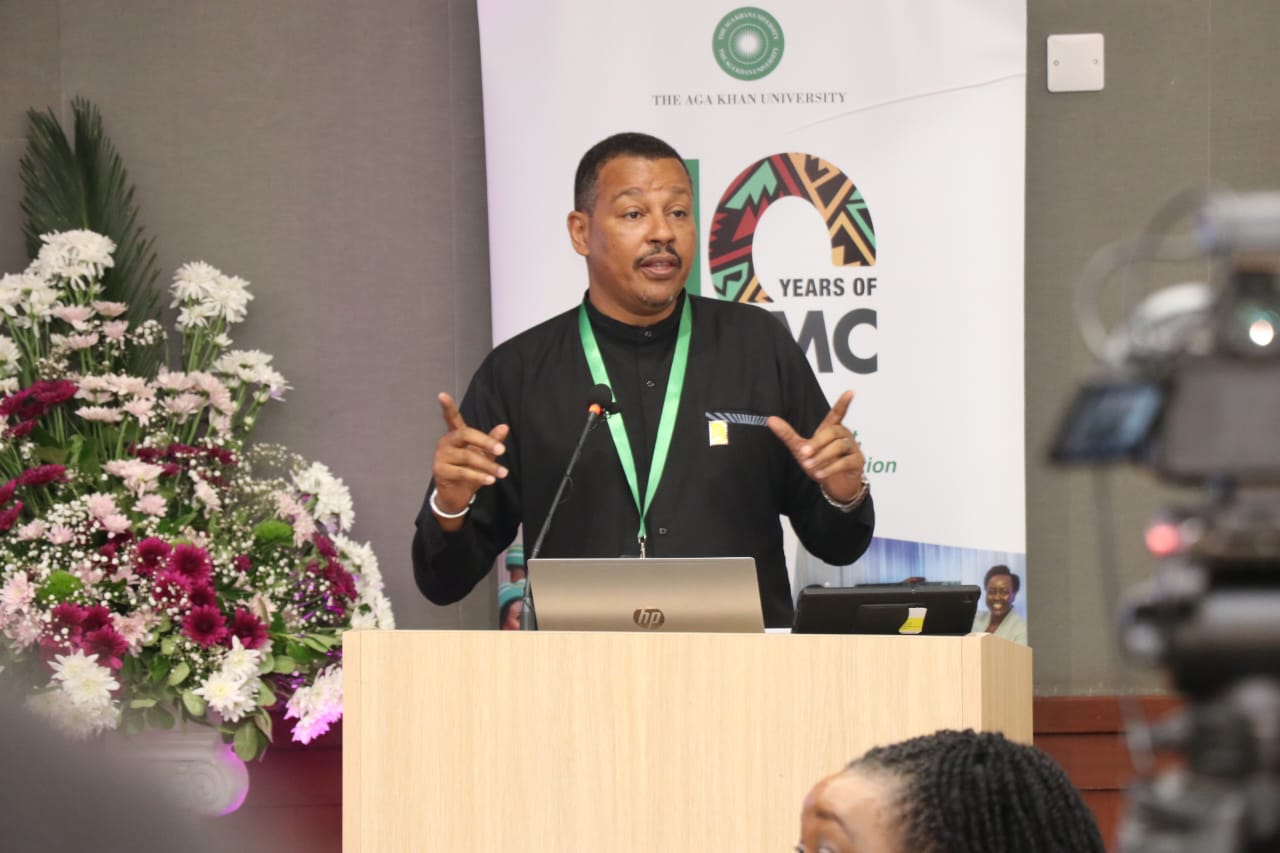
Guided by media framing theory and grounded in the works of Goffman, Entman, Iyengar, Tuchman and Van Zoonen, the research analysed how stories were framed, the actors featured and the tone of reporting across mainstream and digital platforms.
The findings reveal an uneven yet evolving media landscape in the region’s coverage of SGBV and femicide.
Kenya recorded the highest number of stories at 54 per cent, followed by Tanzania at 28 per cent and Uganda at 18 per cent.
The report attributes Kenya’s lead to established gender desks and institutional support in major media houses.
Coverage patterns across all three countries showed spikes during advocacy campaigns such as the 16 Days of Activism Against Gender-Based Violence, underscoring the event-driven nature of reporting.
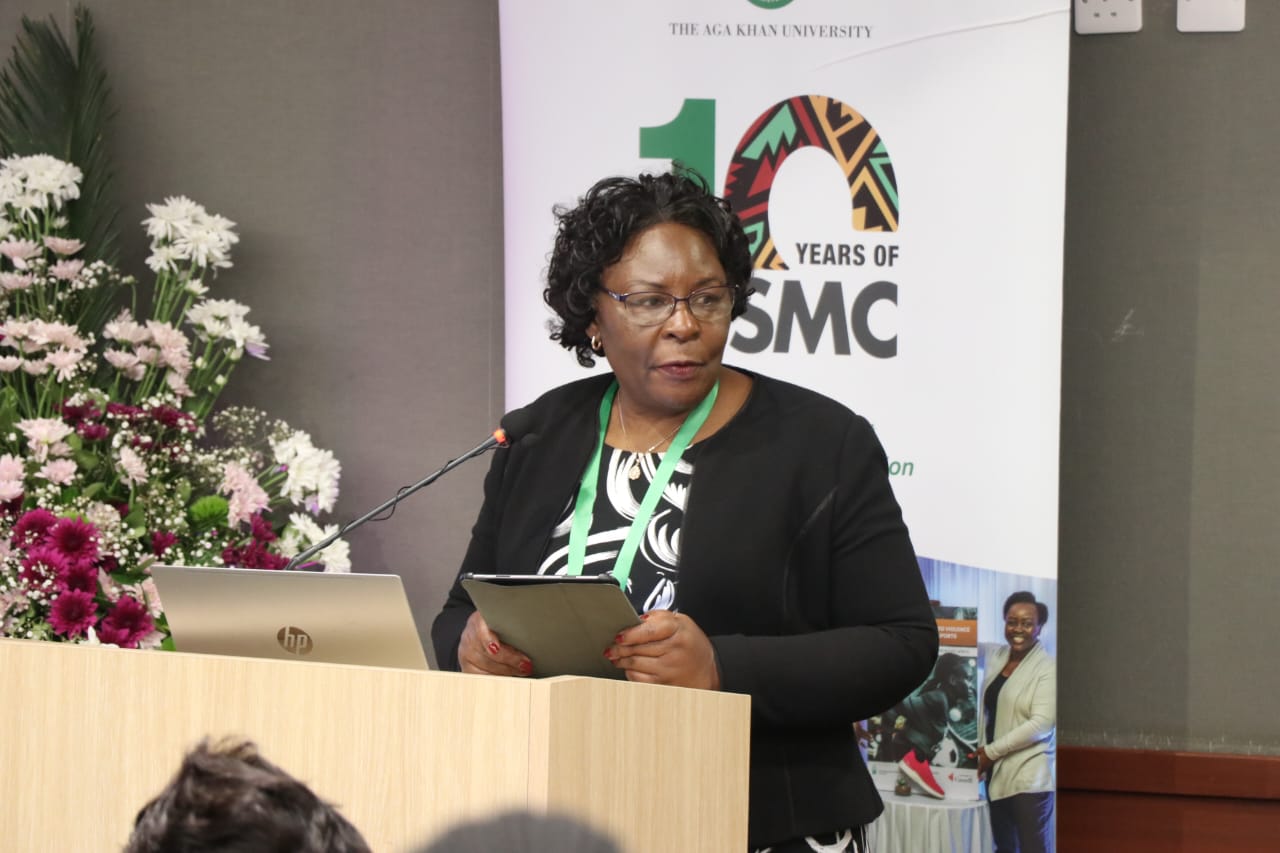
The study found that thematic framing dominated regional coverage at 78 per cent, presenting SGBV as a structural and policy issue rather than an isolated incident.
However, digital-native media, particularly in Kenya, showed a growing shift toward episodic, event-based reporting.
Victims were portrayed sympathetically in 90 per cent of stories—a sign of more survivor-centered journalism—but perpetrator accountability remained weak, appearing in only 6 per cent of coverage.
“Failure to hold perpetrators accountable risks depoliticising gender violence by focusing on suffering rather than justice,” the report summary noted.
Government officials were the most quoted actors at 21 per cent, followed by victims at 20 per cent, while perpetrators appeared in only 3 per cent of stories—a trend that undermines accountability.
Kenya and Uganda showed stronger societal framing of responsibility, at between 97 and 100 per cent, linking gender violence to cultural and institutional factors.
In contrast, Tanzania’s coverage leaned toward individual attribution at 51 per cent, emphasising personal responsibility over systemic causes.
The study recommends institutionalising gender desks in newsrooms, enhancing journalist training in gender-sensitive reporting, and improving follow-up on justice outcomes.
It also calls for collaboration among media regulators, civil society, and academia to develop clear guidelines for balanced coverage.
“Media must move beyond episodic reporting to challenge the systems that perpetuate gender violence,” the report concludes, emphasising the critical role of journalism in advancing justice, equality, and social reform across East Africa.







